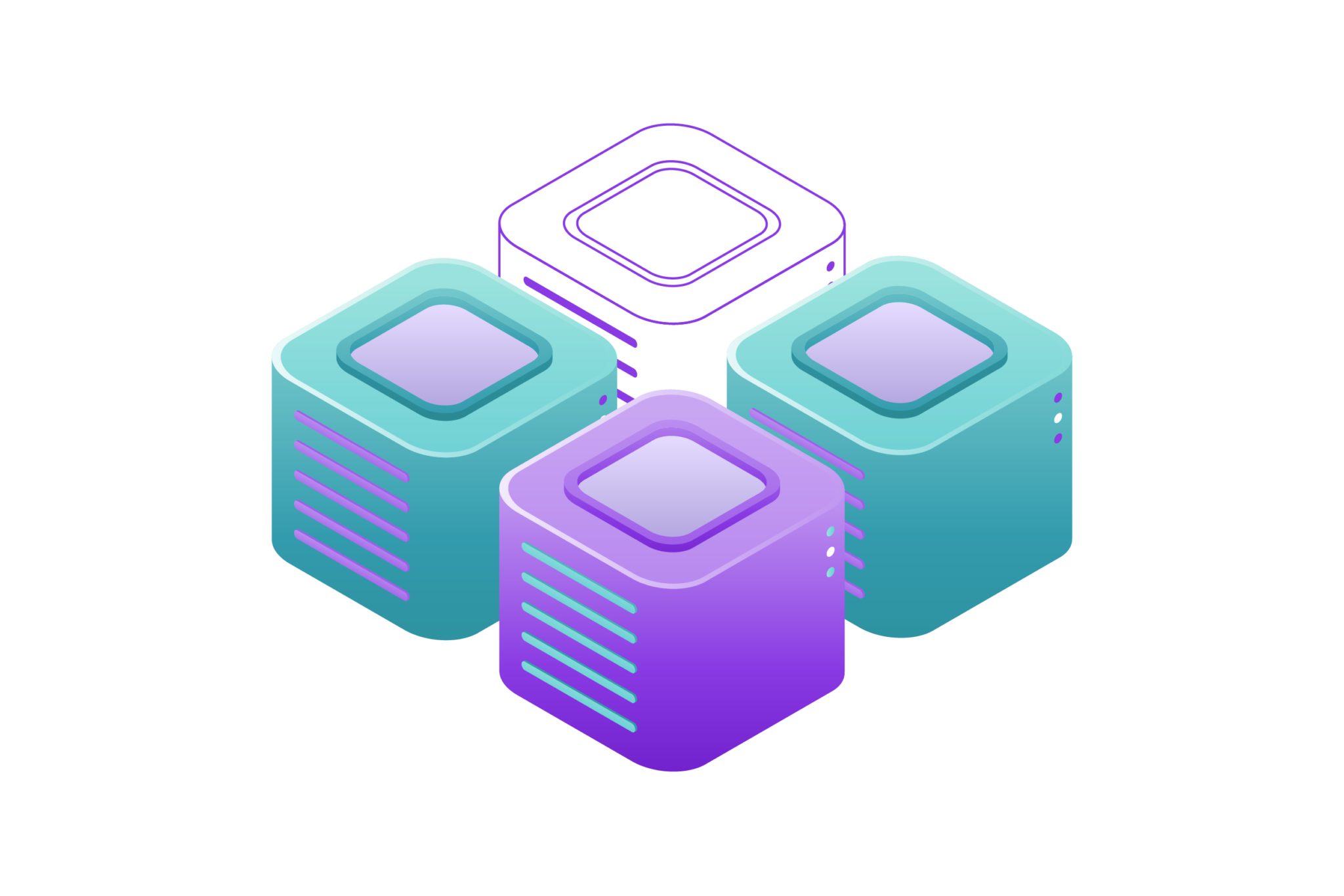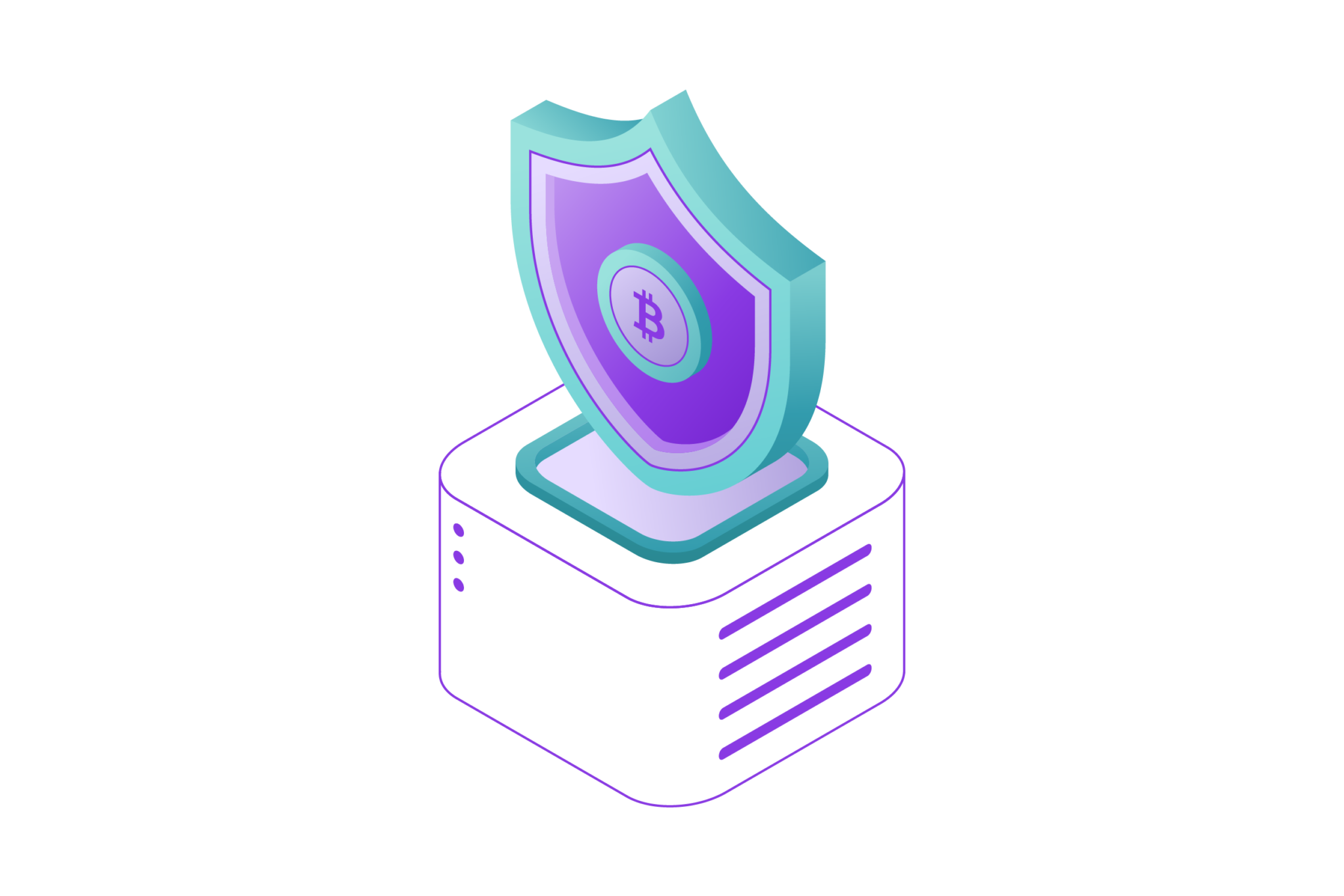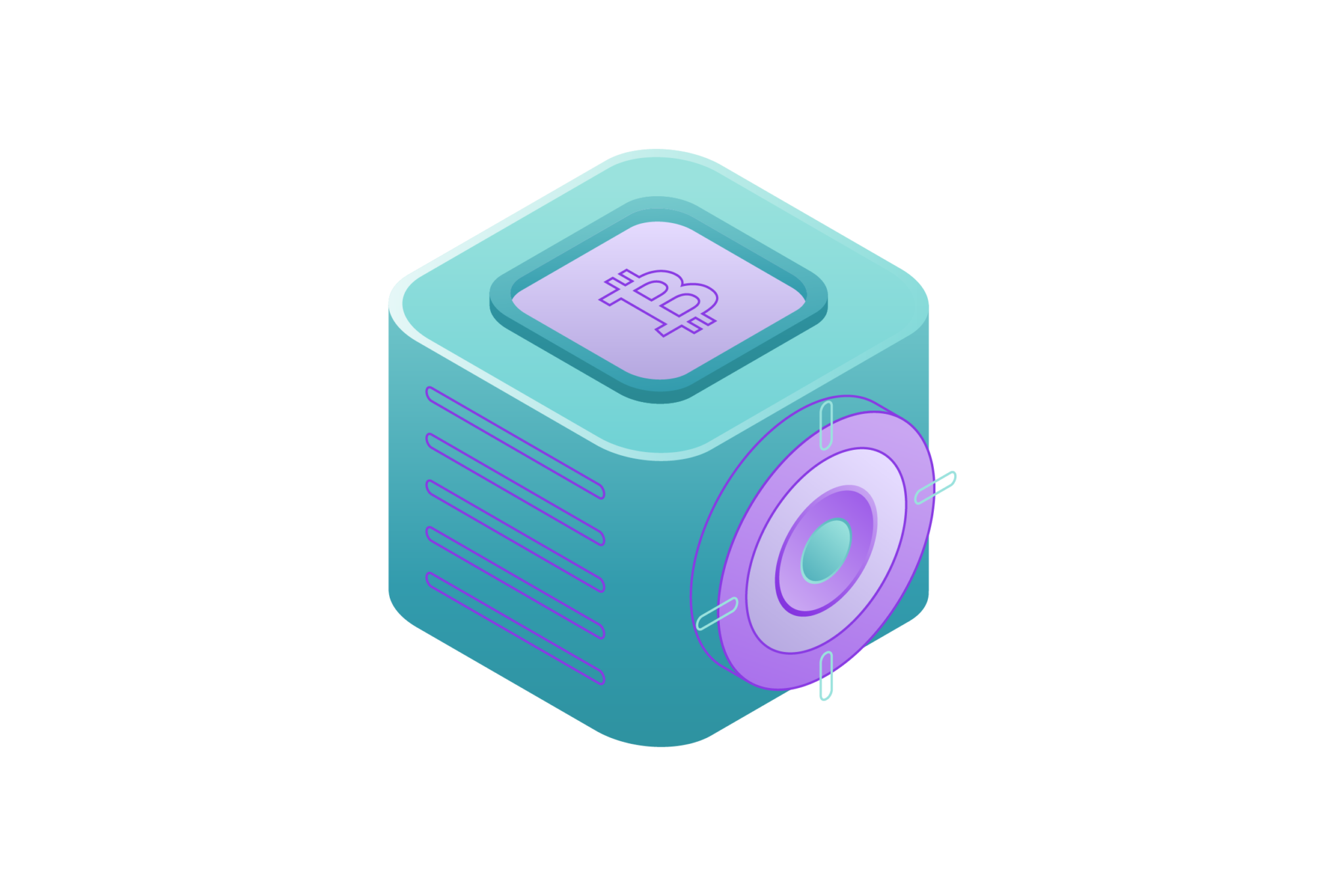
Blockchain technology, which first started as the base for digital money like Bitcoin, has grown beyond its start, and now it’s a powerful change driver in many fields. Working together between people in industry, rule makers and tech creators is very important. This helps make clear rules for everyone to follow that can solve problems or issues they may face.
Blockchain can change many types of businesses, like money stuff, supply chain control and health care. It is already turning the way we do things worldwide upside down by making processes new. Understanding fully what blockchain can do needs big efforts to deal with size, make rules clear and spread knowledge. This is a ledger system without middlemen that has gotten attention because it might change the usual ways of doing things better, make them safer, and make them more open for all to see. In this piece, we will go into the main parts of blockchain and look at how it affects different areas.
Understanding the Basics Blockchain

Blockchain, a game-changing technology, works as one big computer record that’s not linked to any authority. It changes how we keep track of and confirm deals for real. A blockchain is made up of a group of computers that each have their own copy. This makes sure everyone can see what’s happening, and there’s no one big boss telling them what to do. Deals are packed into groups and connected in a time order chain, improving safety and quality. This chain system makes changing old actions very hard, giving a kind of not-changeable quality needed to make trust in this setup strong.
A big part of blockchain is the agreement system, which decides how everyone in the network agrees on what’s happening with records. Two simple ways are Proof of Work (PoW) and Proof of Stake (PoS). Bitcoin uses PoW which requires people to solve hard math questions to check transactions. In comparison, PoS with cryptocurrency ownership checks and creates new blocks. Each way of doing something has its good and bad points. For example, PoW uses a lot of energy, while PoS might let rich people control more in the future.
In terms of blockchain safety, cryptography is very important. Public and private keys help keep things safe and make it easier to move property. This secret code layer makes sure transactions are private and safe. So, blockchain is a strong technology that can’t be changed without permission.
Also Read: Market Maker Options: Definition and How They Make Money
Blockchain, a game-changing technology, works as one big computer record that’s not linked to any authority. It changes how we keep track of and confirm deals for real. A blockchain is made up of a group of computers that each have their own copy. This makes sure everyone can see what’s happening, and there’s no one big boss telling them what to do. Deals are packed into groups and connected in a time order chain, improving safety and quality. This chain system makes changing old actions very hard, giving a kind of not-changeable quality needed to make trust in this setup strong.
A big part of blockchain is the agreement system, which decides how everyone in the network agrees on what’s happening with records. Two simple ways are Proof of Work (PoW) and Proof of Stake (PoS). Bitcoin uses PoW which requires people to solve hard math questions to check transactions. In comparison, PoS with cryptocurrency ownership checks and creates new blocks. Each way of doing something has its good and bad points. For example, PoW uses a lot of energy, while PoS might let rich people control more in the future.
In terms of blockchain safety, cryptography is very important. Public and private keys help keep things safe and make it easier to move property. This secret code layer makes sure transactions are private and safe. So, blockchain is a strong technology that can’t be changed without permission.
Security and Transparency of Blockchain

Blockchain, a big change in technology, works as one shared and spread computer record for transactions. It changes how we keep track of and check deals with money or value. Basically, a blockchain is made up of a group of computers all holding the same book. This ensures that everything stays disjointed and clear for everyone to see. Blocks with transactions are put together and connected in a time-ordered line, making the process safer and more reliable. This linking trick makes changing old transactions very hard, giving a kind of unchangeability needed to make people believe in the system.
An important part of blockchain is the agreement process, which decides how everyone on the network agrees about what’s being recorded. Two usual ways are called Proof of Work (PoW) and Proof of Stake (PoS). Bitcoin uses PoW for transactions to solve hard math problems and make sure they are real. Other types use ownership of cryptocurrency (PoS) instead, making new blocks valid. Each way has its good and bad parts. One is that PoW uses a lot of energy, while another one called PoS could be less secure if people with lots of money control it too much.
Cryptography is very important for keeping the blockchain safe. Public and private keys make it possible to own things safely, as well as help move assets. This secret code layer keeps transactions safe and sound, making blockchain a strong technology that’s hard to change.
Smart contracts, another important thing, are self-running agreements with rules written in code. These contracts make sure deals are followed and keep them in place, so there’s less need for helpers. Smart contracts are used outside of money matters. They help in supply management, legal work and even health care to make tasks easier and reduce possible mistakes.
Businesses around the world are looking into how blockchain could help them. In finance, blockchain can make transactions quicker and safer than before. In supply chain management, it uses its clear nature to track where products come from. Healthcare places are looking into blockchain for safe and linkable health records.
But as the focus on blockchain grows, so do criticism and problems. Getting blockchain technology widely accepted has some challenges, like how much it can grow, using too much energy, doubts about rules and needing agreed standards in the whole industry.
In short, understanding blockchain fully means understanding how it’s not run by one group. Then you need to know about the chain setup, agreements made online among many users or computers agreeing on something together called ‘consensus protocol’. Also in there is what cryptography does (study codes and secret messages), plus smart contracts that can do lots of stuff on their own without people These things help us see how powerful blockchain can be in different areas. We need to understand the problems and fix them for it to keep growing and being used widely.
Blockchain Challenges and Scalability

Blockchain technology is liked because it’s safe and clear, which makes people want to use it in different kinds of businesses.
– Security in Blockchain
Protection is very important in blockchain to make sure the system can be trusted and works well.
- Decentralization: The spread-out nature of blockchain reduces the chance of just one failure point. Unlike old-fashioned main systems that can be attacked by a central boss, blockchain spreads control over many nodes in the network. This spread makes it much stronger against different computer dangers and improves the general safety situation.
- Cryptography: Blockchain safety is based on something called cryptography. Public and private key pairs, along with secret code-making functions, are very important. Public keys act like addresses for transactions, while private keys give safe access to users’ digital stuff. Hash functions make one-of-a-kind codes for each block. This makes it super hard for bad people to mess up the data, since if they change anything, then all future parts need fixing too.
- Immutability: The fact that data can’t change is very important. Once it’s put on the blockchain, you almost couldn’t make any changes to it, even if you tried really hard. Each block’s code uses the previous one, making an unbroken chain. Trying to change information in a block would require changing the whole chain that follows. That’s too hard for computers to handle, adding security and keeping information safe on the system.
- Consensus Mechanism: The agreement system, like Work Proof (PoW) or Stake Proof (PoS), makes nodes agree about the status of a record book. PoW needs people to solve hard math problems, while PoS depends on having a type of digital money. These ways stop bad people from taking over, making sure only real deals are added to the blockchain.
- Network Redundancy: Blockchain works on a group of nodes, each keeping an entire record book. This extra backup makes sure the network keeps working even if some parts stop or get tricked. The spread-out structure of the network gives extra safety and stops a single target from being attacked.
Also Read: Market Making: Strategies and Techniques
– Transparency in Blockchain
Blockchain is known for being open and honest, helping make things clear for different purposes.
- Public Ledger: In a blockchain, the book is usually open to everyone. This lets all players see and check the whole history of transactions. This openness makes users feel safe because they can check their own deals and ownership by themselves. It also stops people from doing the wrong thing because any mistakes are easy to find.
- Traceability: Blockchain helps track things, especially in managing supply chains. Every part of the supply chain is logged on the blockchain. This gives a clear and unchangeable record of where the product has been. This thing helps find and solve problems quickly, like finding where bad items come from or making sure products are real.
- Smart Contracts: Smart contracts help make things more open by automatically requiring made-ahead deals to happen. The terms of the deal are written into the system and can be seen by everyone involved. This gets rid of the need for middlemen, lessens the chances of fights, and makes sure everyone knows about and agrees with what is decided.
- Real-Time Updates: Blockchain books are changed for real in all parts of the network. This quick and matching change makes sure that everyone gets the newest information right away. Updates in real-time improve openness by giving the most recent and truthful information. This makes it less likely for mistakes or records that conflict with each other to happen.
Blockchain Regulatory Landscape
The rules for blockchain are hard to understand and are changing as officials all over the world try to figure out how they should handle this new technology. Here’s a more detailed exploration of the key aspects of the blockchain regulatory landscape:
1. Global Variances
The rules for blockchain around the world are very different, and each country has its own way of dealing with it based on how they see this technology. Some countries, such as Switzerland and Singapore, have taken on blockchain technology. They make it easy for new businesses to start with clear rules that help innovation grow.
Some countries, like China and India, are more careful or limit their actions because they worry about possible dangers. They also care about protecting customers’ rights. These different methods make it hard for world companies working in the blockchain area because rules can change a lot.
2. Cryptocurrency and Initial Coin Offerings (ICOs)
The grouping of cryptocurrencies and tokens is still a hard-to-understand part of how we manage blockchains. It keeps changing. Different places classify them in various ways; some see them as products, while others think of them as stocks. This sorting out greatly affects how you follow rules, pay taxes and report things.
The rules about Initial Coin Offerings (ICOs) – a way of raising money using tokens, are also different in many places. Some countries have accepted ICOs as a valid way to raise money, while other places have put rules in place or completely banned them because they are worried about trickery and keeping people safe.
3. Anti-Money Laundering (AML) and Know Your Customer (KYC) Regulations
Blockchain rules include AML and KYC regulations. They are very important. In many places, businesses using blockchain technology have to follow AML and KYC rules. This is especially true for those that deal with exchanges of cryptocurrency and wallet providers.
These rules want to stop illegal actions like washing dirty money and supporting terrorism. They make sure users are checked correctly for who they really are. It’s hard to keep the secret nature of blockchain payments while following rules.
4. Smart Contracts and Legal Recognition
Smart contracts, agreements that run by themselves with rules written in code, are an important part of blockchain. Some places around the world recognize smart contracts as legal, while others are still thinking about whether they have the right place in the law. It’s very important to have clear rules about how smart contracts can be enforced. This is especially true in areas like law and money, where making agreements counts a lot.
5. Data Protection and Privacy
The mix of blockchain and data safety, especially in places run by the General Data Protection Regulation (GDPR), is a hard rule issue. Blockchain makes things clear, but it also puts up problems for the right to be forgotten and other private matters. Getting a fair balance between the openness of blockchain and following tough data protection rules is an ongoing problem for those in charge.
Conclusion
Blockchain’s power to change and improve many businesses is big. This comes from its ability to make things safer and simpler with fewer secrets and do stuff automatically through smart contracts. The blockchain, with its many parts that can’t be changed, helps make things more secure by reducing risks from places that could fail. It also uses secret methods to keep transactions safe and protect data quality.
The openness allowed by a public book makes people have more confidence and responsibility, especially in areas such as supply management of goods or money handling. Smart contracts are a main part. They make things easier by automatically doing and following rules about deals, lowering the need for helpers between people or companies. But problems with growing bigger because of too many transactions are a major issue. This needs new ideas like layer 2 scaling and splitting things up into smaller parts called “sharding”. Moving around changing rules is also important, as people in charge try to balance innovation with managing risks.
Disclaimer: The information provided by Quant Matter in this article is intended for general informational purposes and does not reflect the company’s opinion. It is not intended as investment advice or a recommendation. Readers are strongly advised to conduct their own thorough research and consult with a qualified financial advisor before making any financial decisions.

I craft stories that make complex ideas clear. I simplify the blend of data science, machine learning, and crypto trading, showcasing how advanced tech and quantitative models analyze data for informed trading choices. Join me in exploring the realm of quantitative trading, where my narratives make intricate concepts easy to grasp.
- Alifia Berizkyhttps://quantmatter.com/author/alifia-berizky/
- Alifia Berizkyhttps://quantmatter.com/author/alifia-berizky/
- Alifia Berizkyhttps://quantmatter.com/author/alifia-berizky/
- Alifia Berizkyhttps://quantmatter.com/author/alifia-berizky/
